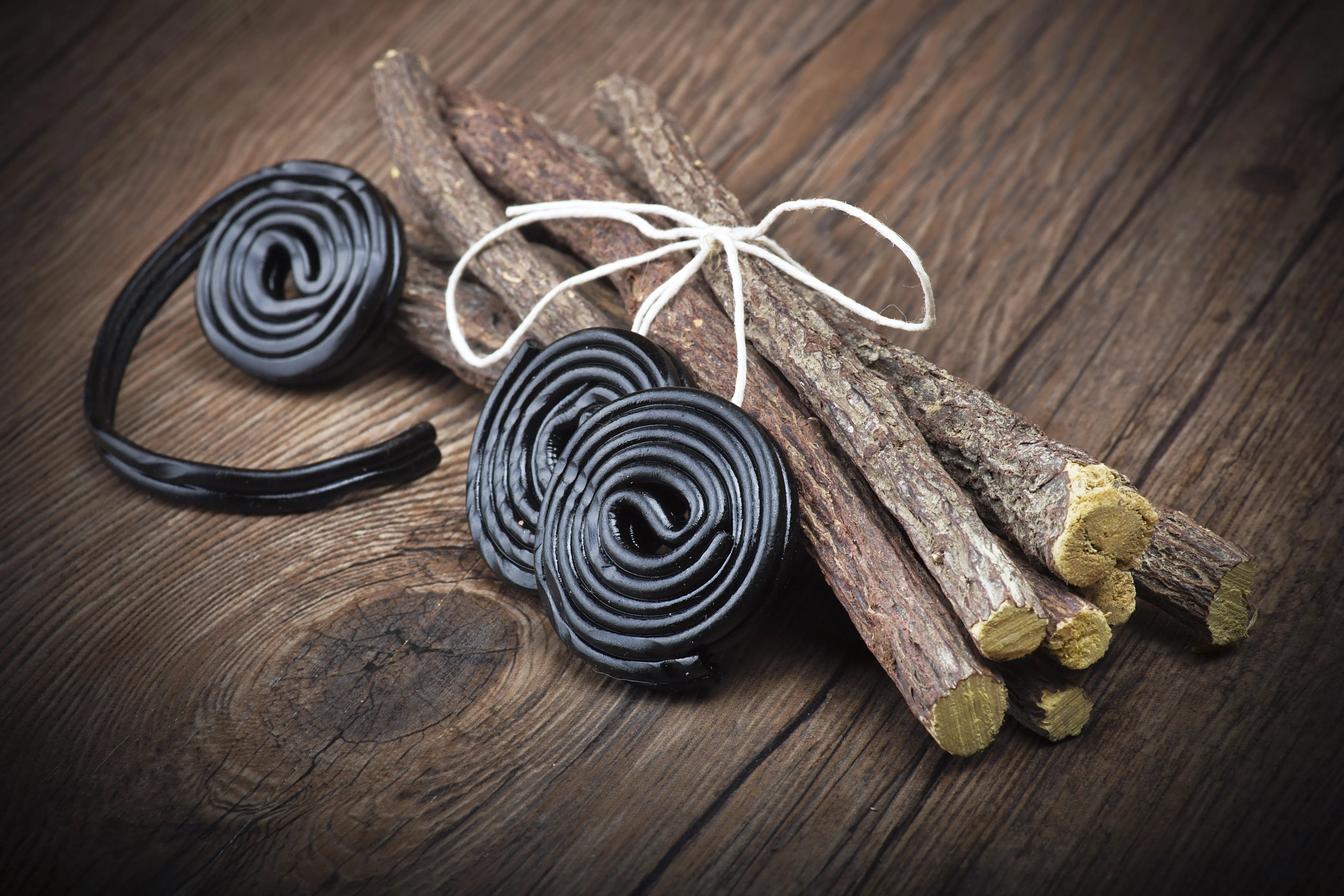What is Licorice?
Licorice has been a go-to remedy since Ancient Egyptian times. Originally cultivated around various parts of Europe, the first known use of the Licorice root was in a drink that was reserved for priests and royalty in Egypt. Since consuming too much of the root can have adverse health effects, daily consumption is not recommended. Though the liquid extracts from the plant are said to have thirst quenching properties, making it a popular military solution for conserving water on long marches through the desert.
In modern times the licorice root is often used as a sweetener or flavor booster. The candy named after the root comes in black and red varieties and both are flavored with the root, the only difference being the amount of flavoring added. Currently scientists are studying how the main chemical derived from licorice, glycyrrhizin can be used to our advantage in modern medicine.

What we know Licorice can do
Licorice is known for its powerful antiviral properties. It's said to stall more advanced viral infections has stirred quite a bit of curiosity among herbalists and scientists. While you definitely don't want to take it daily, the small dosing of licorice is said to also assist in Kidney cleansing, though care should always be taken as the side effects are slightly more intense than other roots. High blood pressure is one of the most common symptoms of too much licorice though other complications can arise if you are taking other medications or supplements. (Always check with a doctor, physician or trusted healthcare provider before beginning ANY therapy or treatment with Licorice Root. These statements are not verified by the FDA and are not intended to diagnose, treat, or help cure any disease.)




Share:
Learn the Herbs: Ginseng
Learn the Herbs: Reishi Mushroom